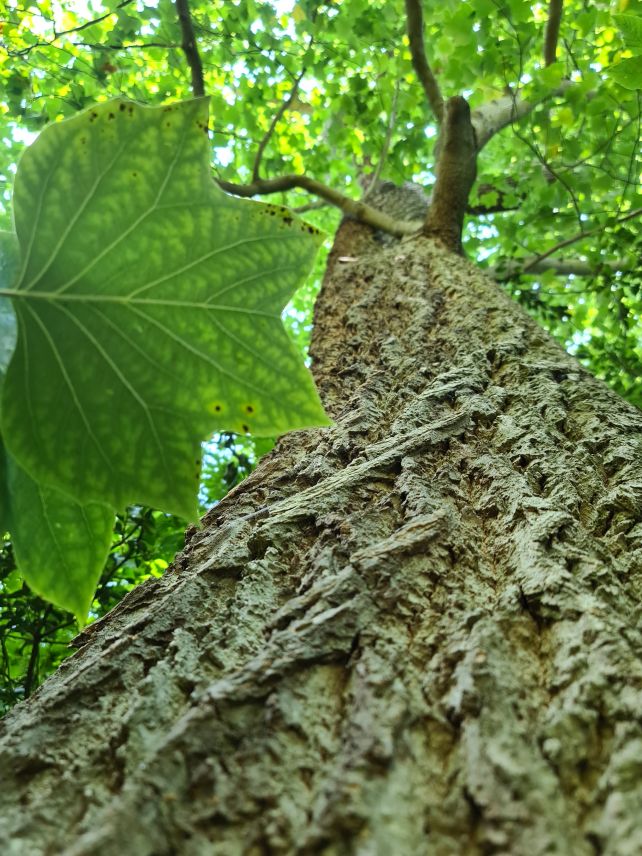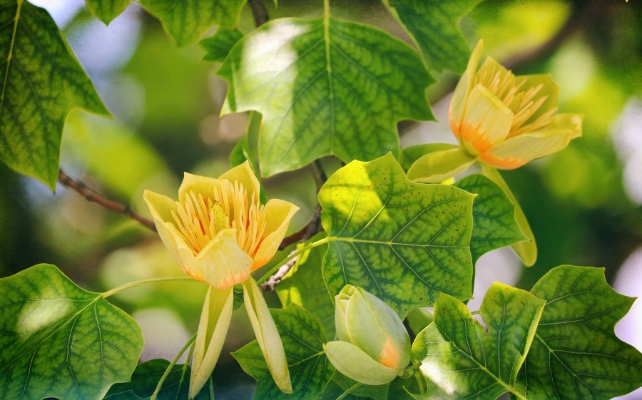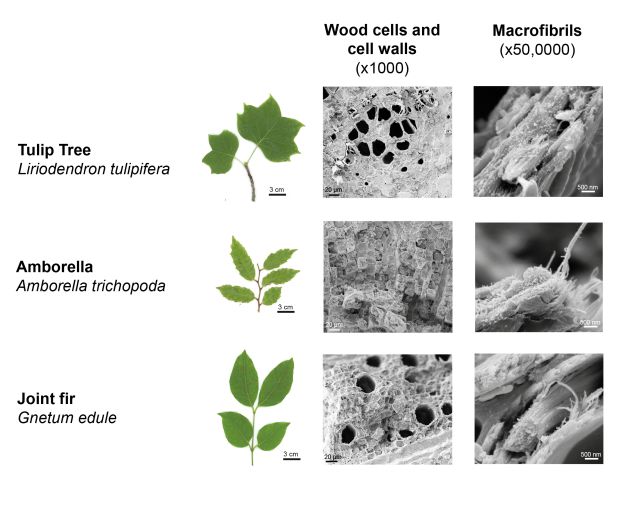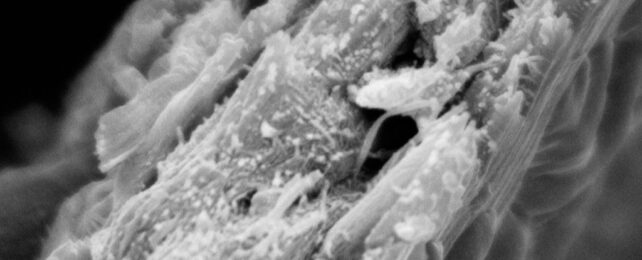A tree common in gardens for its pretty flowers and foliage has been harboring a secret this entire time.
The wood of the two species of tulip tree (Liriodendron) is neither hardwood nor softwood, but a type of wood in between, something we didn't even know existed. And this wood, researchers say, seems to be particularly efficient at carbon sequestration and storage.
This ability, say biochemists Jan Łyczakowski of Jagiellonian University in Poland and Raymond Wightman of Cambridge University in the UK, could be related to the size of the tree's macrofibrils, long threadlike bundles of cell wall components and cellulose, which are much larger than the macrofibrils of hardwood trees.
And the discovery could pave the way to developing new methods of carbon storage.
"Both tulip tree species are known to be exceptionally efficient at locking in carbon, and their enlarged macrofibril structure could be an adaptation to help them more readily capture and store larger quantities of carbon when the availability of atmospheric carbon was being reduced," Łyczakowski explains.
"Tulip trees may end up being useful for carbon capture plantations. Some east Asian countries are already using Liriodendron plantations to efficiently lock in carbon, and we now think this might be related to its novel wood structure."

There are two species of tulip tree, Liriodendron tulipifera and Liriodendron chinense, and their lineages can be traced back to between 30 to 50 million years ago, when they diverged from the Magnolia genus.
At around the same time, the amount of carbon dioxide in the atmosphere quickly and dramatically decreased, which the researchers say may be related to the emergence of Liriodendron.
"This," Łyczakowski explains, "might help explain why tulip trees are highly effective at carbon storage."

Macrofibrils can be found within the secondary cell walls of woody plants, which are a key feature of their anatomy. These secondary cell walls are laid down after the formation of the primary cell walls, and are responsible for reinforcing the plant's structure.
This is where most of the plant's woody biomass can be found, but we know very little about it.
Łyczakowski and his colleagues made their discovery in the course of a study examining the evolution of the structure of these plants, including softwood plants such as pines and conifers, and hardwoods such as oak and birch.
They used scanning electron cryomicroscopy (cryo-SEM) to look at the cell walls of 33 plants in as close to their natural state as possible. This meant harvesting the wood, preserving it, and imaging it for hours, to see it as it would be in life, rather than the dried and desiccated state in which we often see dead wood.

The study revealed that the differences between angiosperms (flowering plants) and gymnosperms (seed-producing plants) are not always clear-cut.
In addition to the discovery of a new kind of wood, the researchers found two gymnosperms of the Gnetum genus that have a secondary cell wall structure the same as woody angiosperms.
This, the pair says, is an example of convergent evolution, where different species develop the same traits independently. These findings together provide new insights into the evolutionary relationships between the composition of the cell wall in plants, and the nanostructure of wood.
The discoveries have implications for fields that range from biology to engineering.
"The main building blocks of wood are the secondary cell walls, and it is the architecture of these cell walls that give wood its density and strength that we rely on for construction," Łyczakowski says.
"Secondary cell walls are also the largest repository of carbon in the biosphere, which makes it even more important to understand their diversity to further our carbon capture programmes to help mitigate climate change."
The research has been published in New Phytologist.
